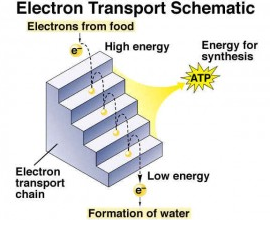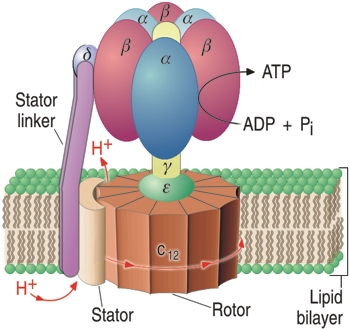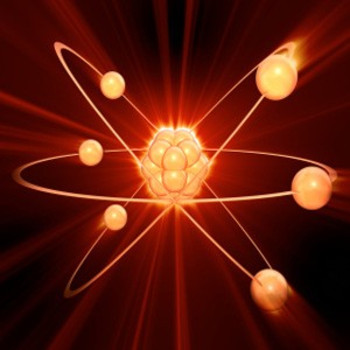Can someone explain the chemiosmotic production of ATP during electron transport?
1 Answer
Energy stored in a proton gradient is used to make ATP.
Explanation:
The electron transport chain (ETC)
The ETC is the last part of cellular respiration. In the first steps of cellular respiration (glycolysis and Krebs cylce), electrons are freed from glucose derived molecules.
In the ETC the electrons are passed on through a series of proteins in the inner membrane of the mitochondria. The electrons in a sense 'flow' to lower energy levels (see image), they lose energy in the process.

The energy from the electrons is used by the proteins to pump protons (hydrogen ions) to one side of the membrane. This creates a high concentration in between the inner and outer membrane of mitochondria.
Chemiosmosis in mitochondria
The protons want to diffuse from to the other side of the membrane where the concentration is lower. The flow of protons can be compared to the flowing of a river. When you put a wheel in the middle of the river, the turning of this wheel can be used as an energy source. The flow of protons downstream is know as the chemiosmotic model .
ATP-synthase
The protons flow through a protein called ATP-synthase. This is a protein that works as a turbine. ATP-synthase contains a part that rotates when the protons enter a channel in the protein. These rotations cause conformational changes to the part of the protein on the other side of the membrane. These changes in shape drive the formation of ATP.


